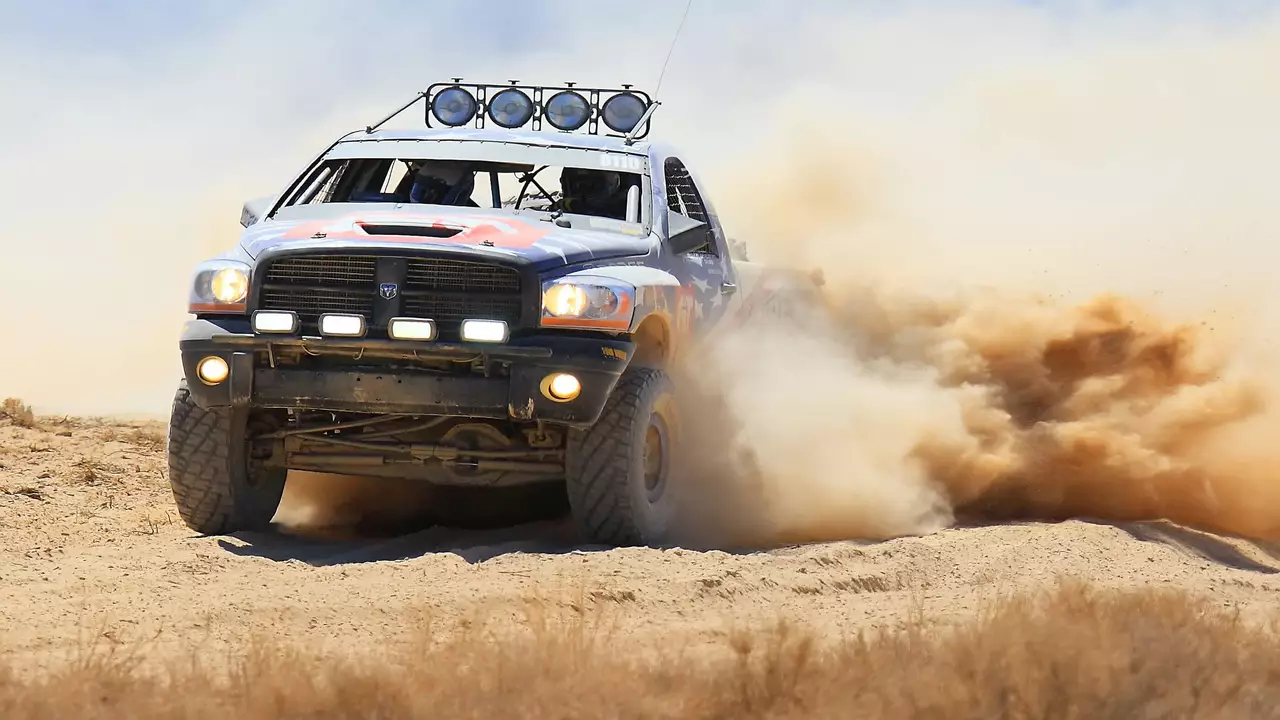Off‑Road Rally Essentials for Every Driver
Thinking about tearing through dirt, gravel, and mud with a rally car? You’re in the right place. Off‑road rally isn’t just about raw power; it’s about technique, setup, and teamwork. Below you’ll find the most useful tips you can start using right away.
Master the Handbrake and Steering Sticks
One of the first tricks every off‑road driver learns is the handbrake. When you need to spin the rear wheels into a tight corner, a quick pull on the handbrake lets the car rotate while the front wheels keep pointing forward. Pair that with the gear lever – the other “stick” in the cockpit – and you can shift gears on the fly without losing momentum. Practice these moves on a low‑speed course first; muscle memory will save you when the terrain gets slick.
Know Your Drive Layout: FWD vs RWD vs 4WD
Front‑wheel‑drive (FWD) cars can hold their own in many rally stages, especially on pavement or light gravel. The weight over the drive wheels improves traction, but you’ll feel a push‑off when the rear slides on loose mud. Rear‑wheel‑drive (RWD) gives you more playful oversteer, which many drivers love for drifting around bends. Four‑wheel‑drive (4WD) is the safest bet for deep off‑road sections because power is distributed to all wheels, helping you climb steep hills without bogging down. Choose the layout that matches the stage you’re tackling.
Another factor is the car’s body style. Hatchbacks dominate dirt rally because they’re light, have a low center of gravity, and are easy to modify. Their compact shape helps you swing through tight corners without getting stuck in ruts.
Don’t forget the co‑pilot. While the driver focuses on steering and throttle, the co‑pilot reads pace notes, calls out upcoming turns, and warns about obstacles. A clear, calm voice can keep you from “blind‑driving” into a ditch. Spend time syncing with your co‑pilot during practice runs – the better you communicate, the faster you’ll navigate.
If you’re a teen looking to start, join a local rally club. Look for workshops that cover safety gear, basic car prep, and navigation basics. Many clubs offer mentorship programs where seasoned drivers let you sit in the passenger seat during a stage, so you can hear real‑time pace notes without the pressure of driving.
Simulators are also a great way to build feel for off‑road surfaces without risking a dented car. Modern dirt‑rally simulations mimic suspension behavior, tire slip, and even weather changes. You can practice handbrake turns, gear changes, and reading virtual pace notes before hitting the real gravel.
When you finally hit the stage, remember these quick checkpoints:
- Check your tire pressure. Lower pressure gives a larger contact patch for better grip on soft ground.
- Secure all loose items. A rattling dashboard can distract you and affect vehicle balance.
- Stay ahead of the car. Anticipate what the road will do before you feel it – that’s the co‑pilot’s job, but you need to trust the notes.
Off‑road rally is a blend of skill, preparation, and a dash of daring. Use these tips, stay safe, and you’ll find yourself carving through mud like a pro.

Are rally cars meant for off-road?
Well, buckle up folks, because we're diving into the wild, mud-splattering world of rally cars! Now, these beasts may look like your everyday grocery-getters but they're as different from them as I am from Brad Pitt. Truth is, rally cars are built for off-road adventures - they're like superheroes of the car world, ready to leap over gravel, mud, and snow in a single bound! So, yes, they are definitely meant for off-road, but they can also show-off on tarmac as well. Just don't try taking your mom's sedan off-roading, unless you fancy a hefty repair bill!